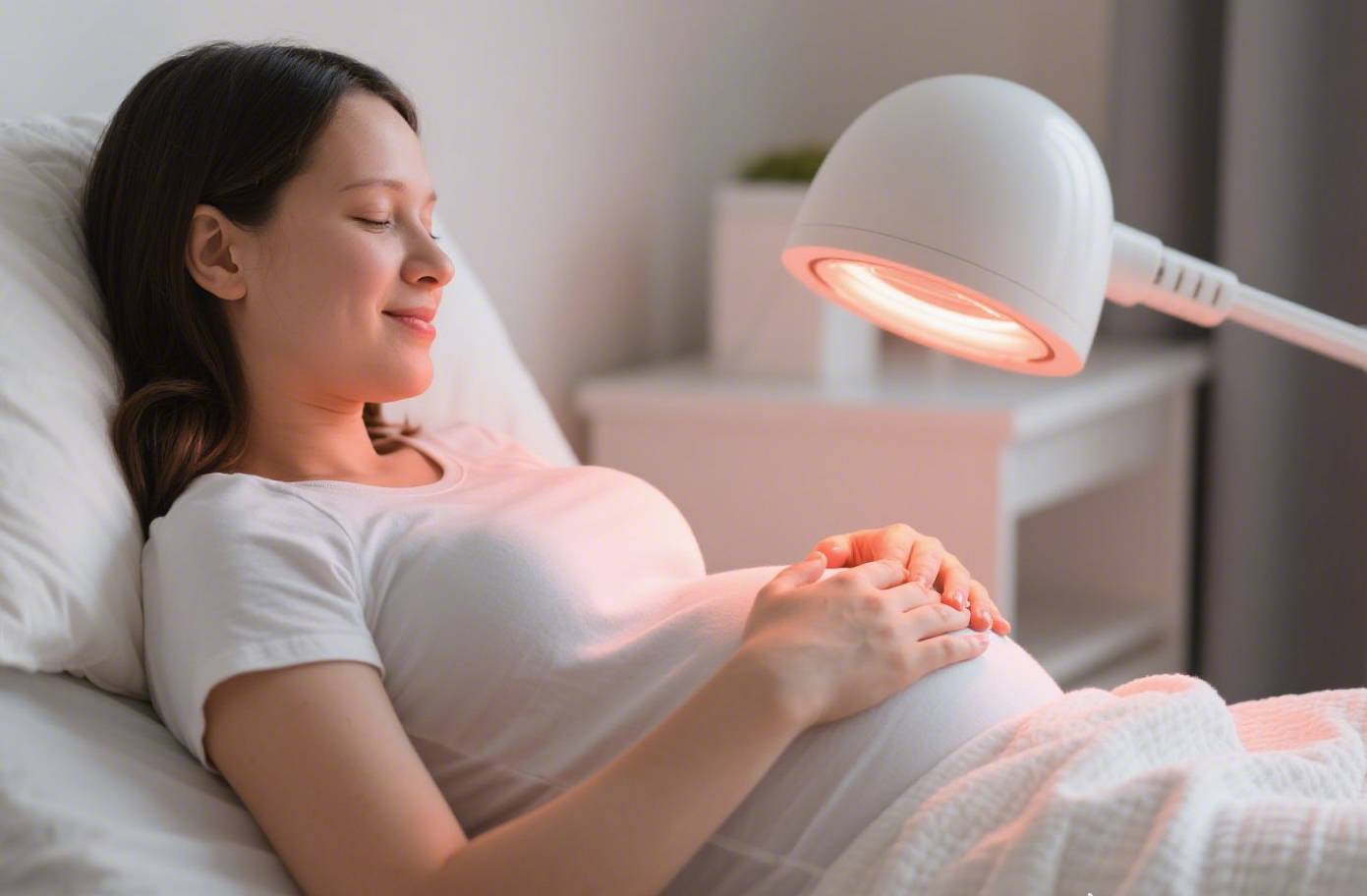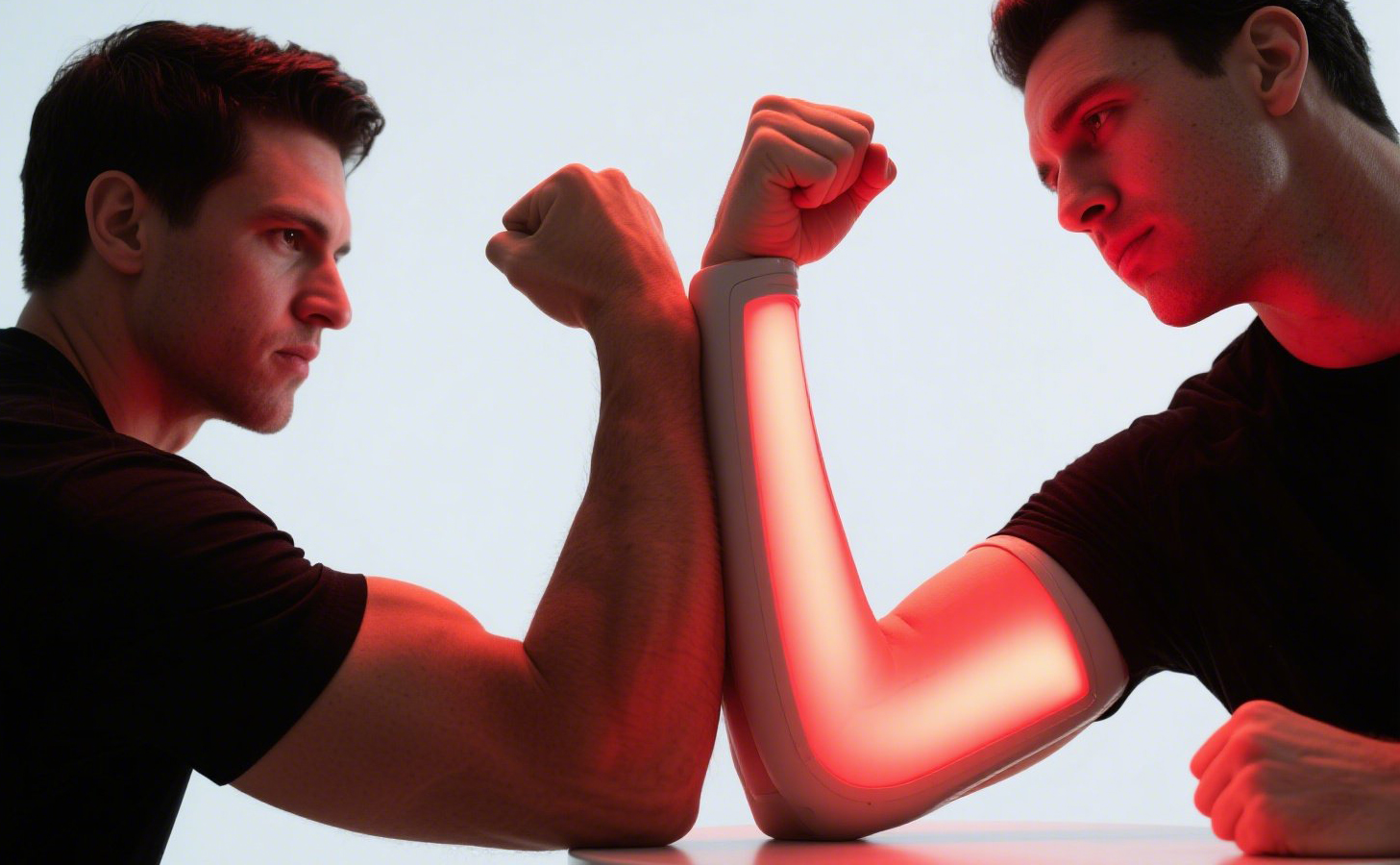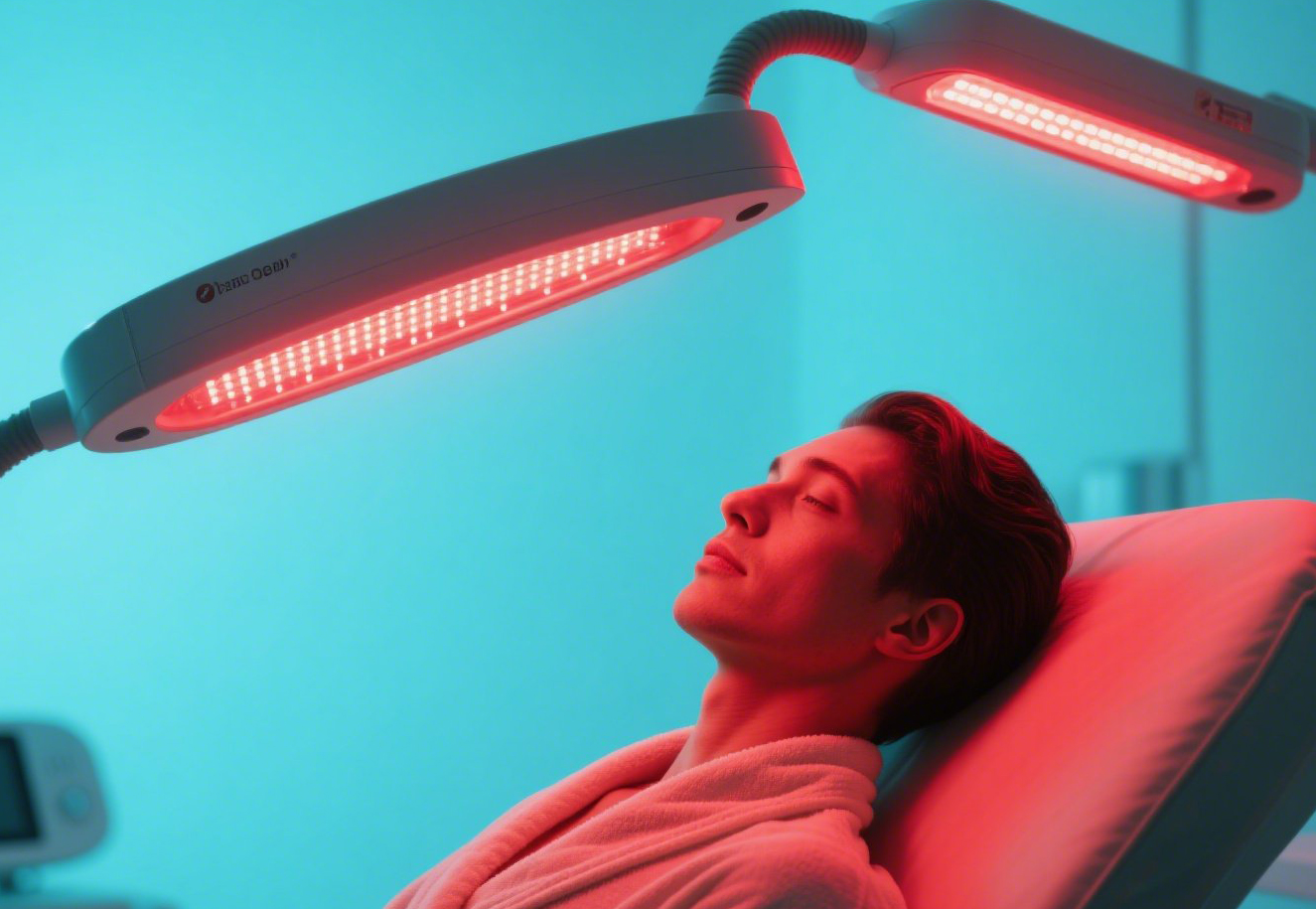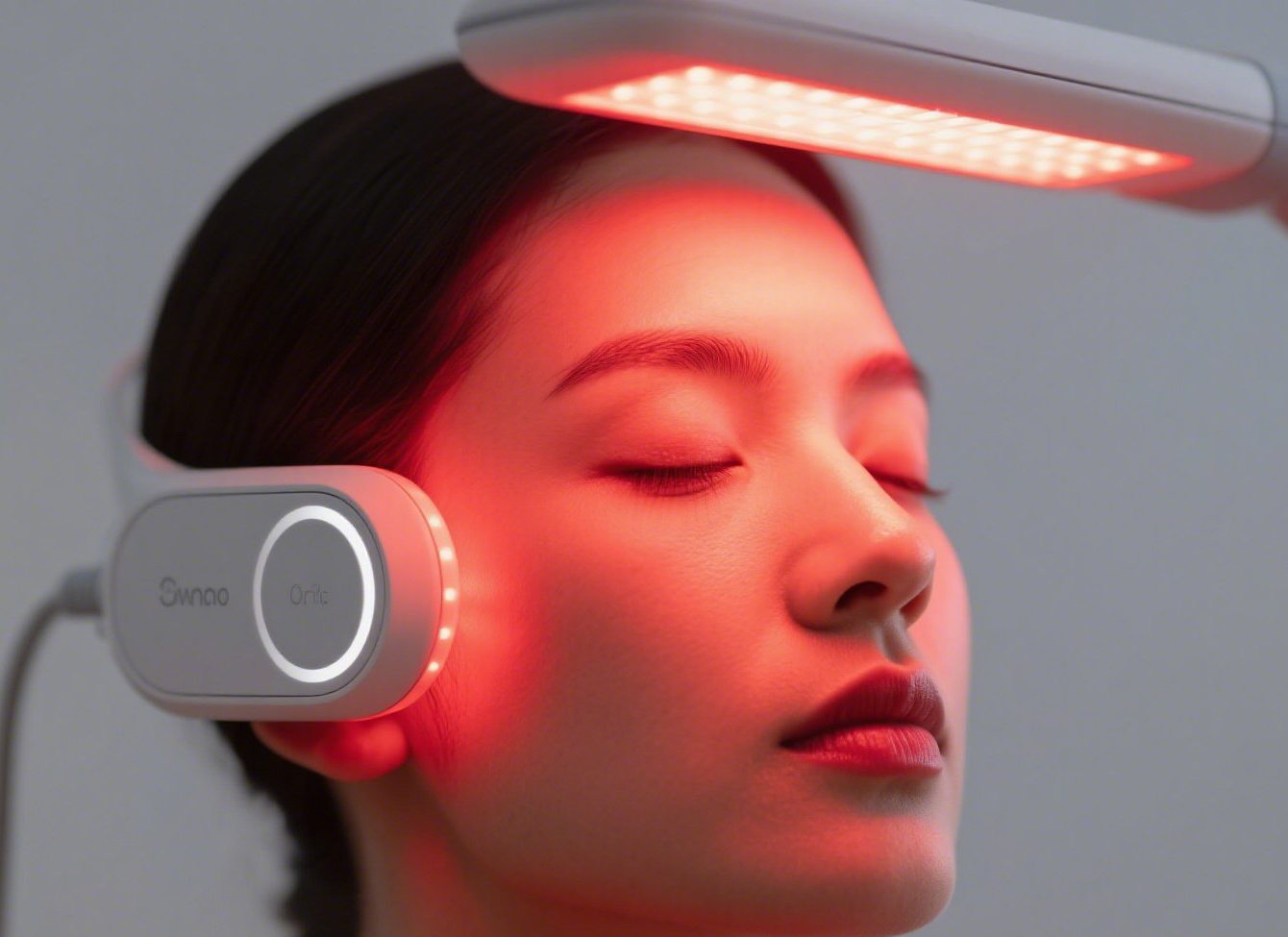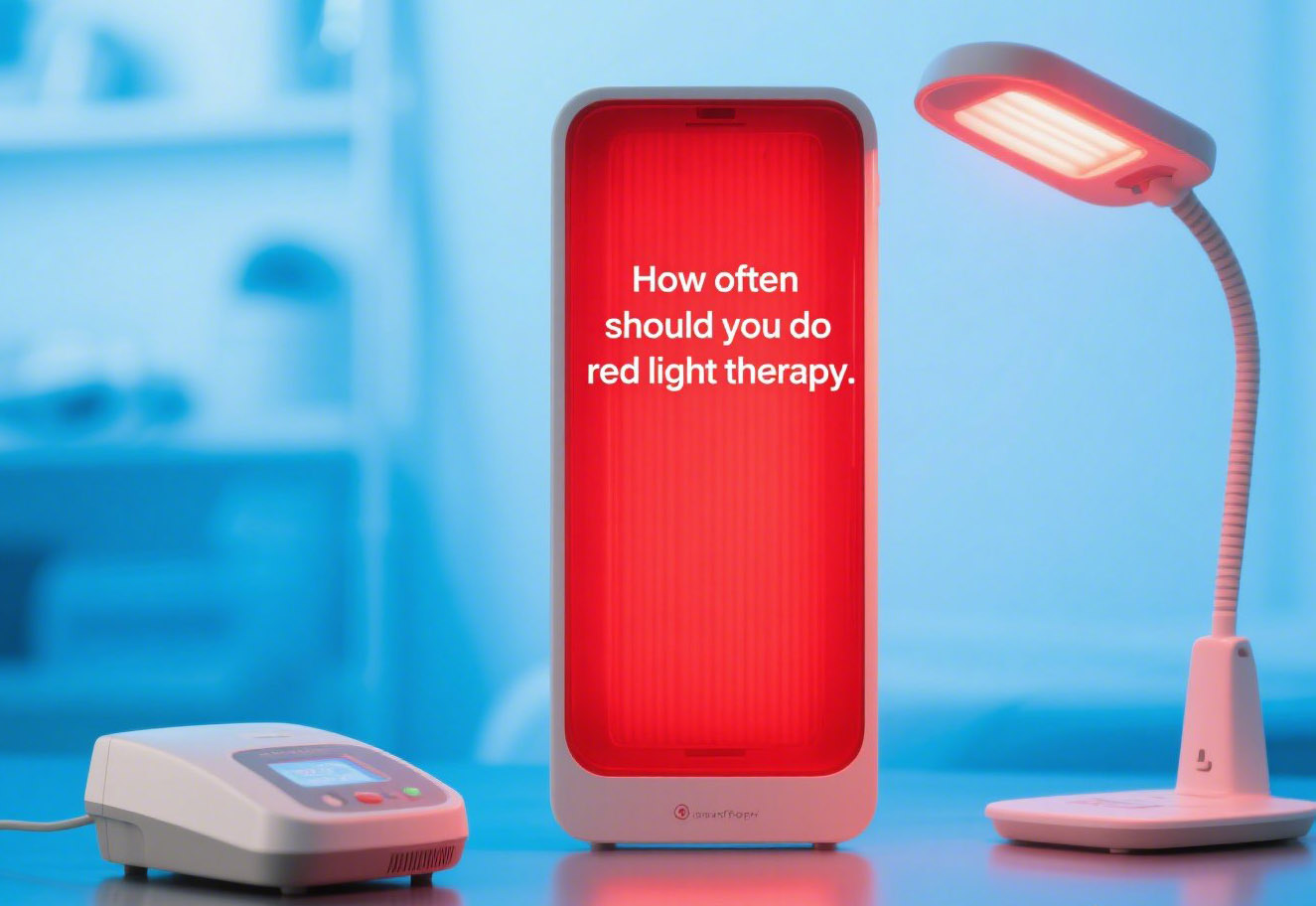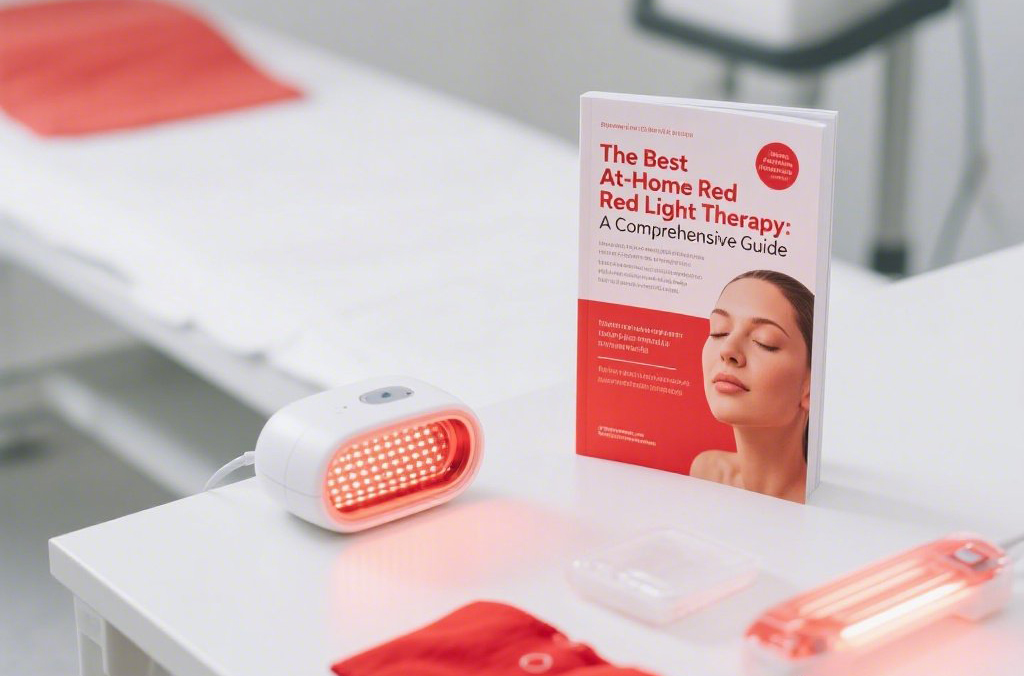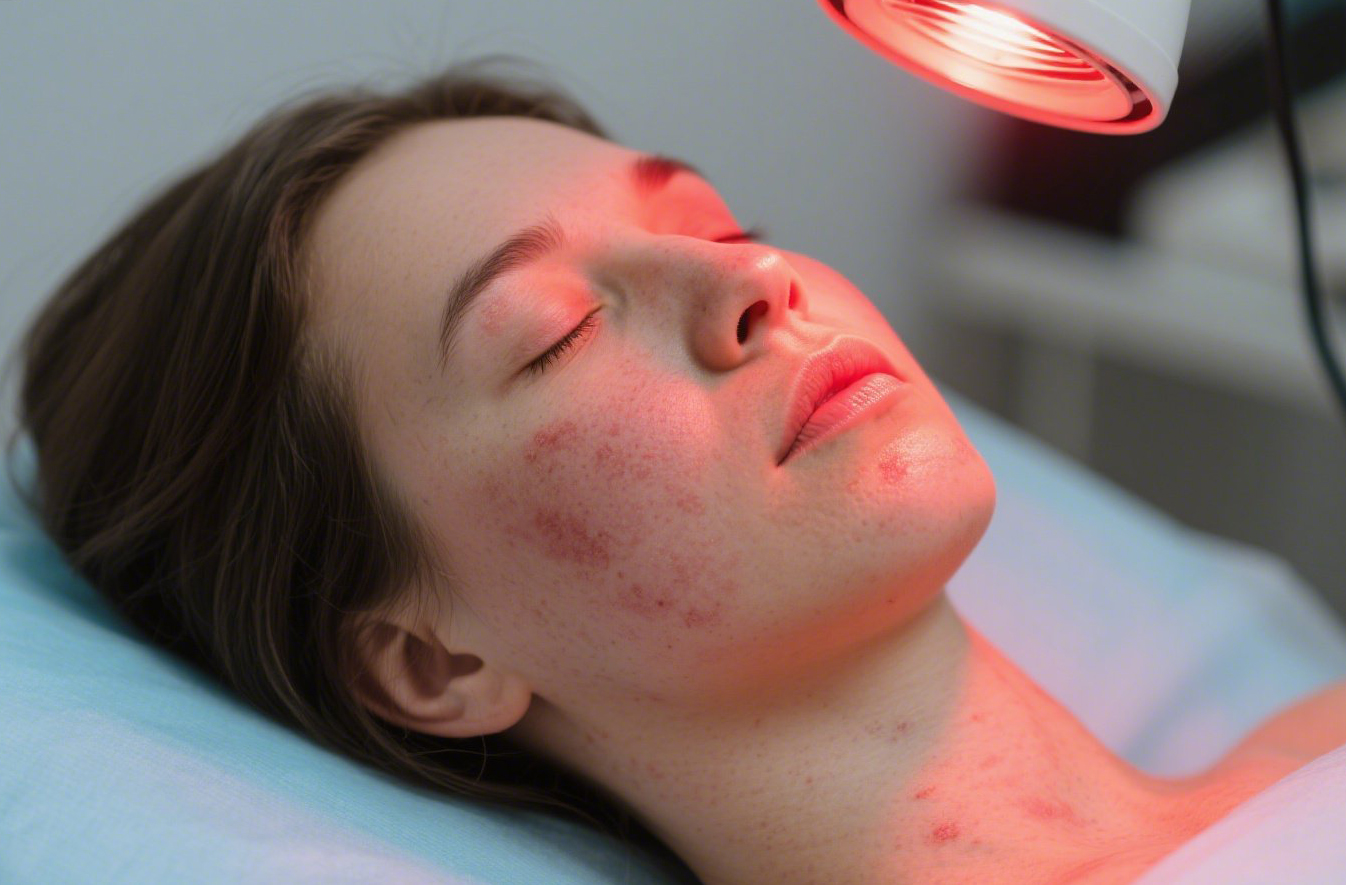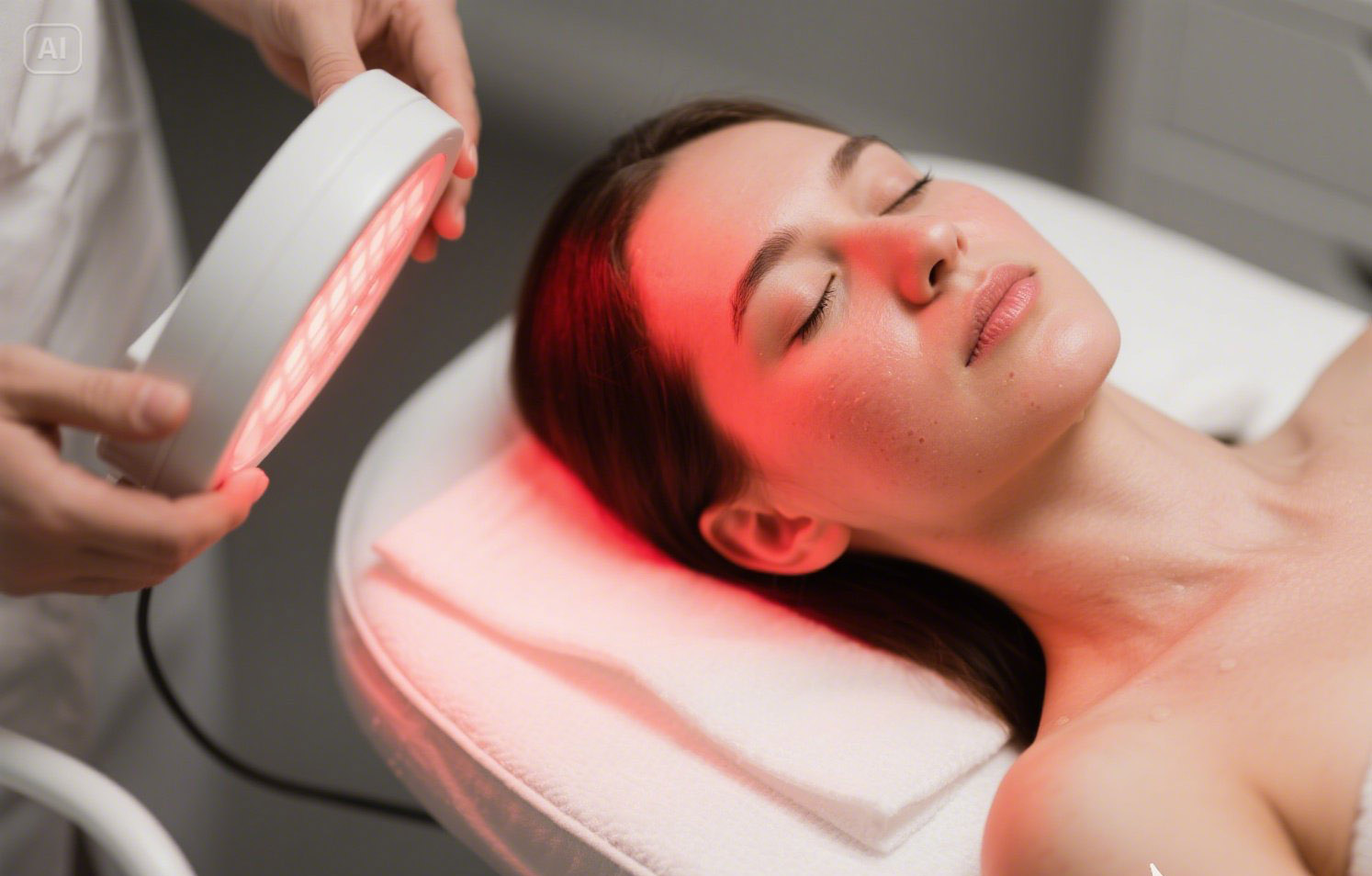Eczema, also known as atopic dermatitis, is a chronic skin condition characterized by dry, itchy, and inflamed skin. While traditional treatments like corticosteroids and moisturizers can help manage symptoms, they often come with side effects or provide only temporary relief. In recent years, red light therapy (RLT) has emerged as a promising natural treatment for eczema, offering a non-invasive and drug-free approach to soothing irritated skin.
What Is Red Light Therapy?
Red light therapy, also called low-level laser therapy (LLLT) or photobiomodulation (PBM), involves exposing the skin to specific wavelengths of red and near-infrared light. These wavelengths penetrate the skin’s layers, stimulating cellular repair, reducing inflammation, and promoting healing. Unlike UV light, which can damage the skin, red light therapy is safe and does not cause burns or long-term harm.
How Red Light Therapy Helps Eczema
1. Reduces Inflammation
Eczema is primarily an inflammatory condition. Red light therapy has been shown to decrease pro-inflammatory cytokines, which are responsible for the redness, swelling, and itching associated with eczema. By calming inflammation, RLT can help prevent flare-ups and soothe existing irritation.
2. Enhances Skin Barrier Function
A compromised skin barrier is a key factor in eczema. Studies suggest that red light therapy stimulates collagen production and improves skin hydration, helping to restore the skin’s natural protective layer. This reduces moisture loss and prevents irritants from triggering eczema symptoms.
3. Promotes Healing and Reduces Itching
Chronic scratching can worsen eczema and lead to infections. Red light therapy accelerates tissue repair and reduces itchiness by modulating nerve responses. Many users report significant relief from persistent itching after consistent RLT sessions.
4. Boosts Antimicrobial Defense
Eczema-prone skin is more susceptible to bacterial infections like Staphylococcus aureus. Red light therapy has antibacterial effects, helping to reduce harmful bacteria on the skin and lower the risk of secondary infections.
Scientific Evidence Supporting RLT for Eczema
Several studies highlight the benefits of red light therapy for eczema:
- A 2017 study published in Dermatology Reports found that red light therapy improved skin hydration and reduced inflammation in patients with atopic dermatitis.
- Research in Photomedicine and Laser Surgery (2014) showed that near-infrared light significantly reduced eczema severity in children.
- A 2020 review in Frontiers in Physiology confirmed that RLT supports skin repair and reduces inflammatory skin conditions.
How to Use Red Light Therapy for Eczema
1. Professional vs. At-Home Devices
- Professional treatments: Dermatologists and clinics offer high-powered RLT sessions for more severe cases.
- At-home devices: LED panels, handheld devices, and masks allow for convenient daily use. Look for FDA-cleared devices with wavelengths between 630-670 nm (red light) and 810-850 nm (near-infrared).
2. Recommended Treatment Protocol
- Frequency: 3-5 sessions per week
- Duration: 5-20 minutes per session
- Distance: 6-12 inches from the skin
- Consistency: Results may take 4-8 weeks of regular use.
3. Combining RLT with Other Treatments
For best results, combine red light therapy with:
- Moisturizers (ceramide-based creams)
- Gentle skincare (fragrance-free cleansers)
- Anti-inflammatory diet (rich in omega-3s and antioxidants)
Potential Side Effects and Safety
Red light therapy is generally safe with minimal side effects. Some users may experience:
- Mild warmth or temporary redness
- Dryness (can be managed with moisturizer)
Unlike UV therapy, RLT does not increase the risk of skin cancer or premature aging.
Conclusion
Red light therapy offers a safe, natural, and effective way to manage eczema symptoms by reducing inflammation, repairing the skin barrier, and relieving itching. While more research is needed, current evidence and user experiences suggest that RLT can be a valuable addition to eczema care—especially for those seeking a steroid-free alternative.
If you suffer from eczema, consulting a dermatologist before starting red light therapy is recommended. With consistent use, this innovative treatment could help you achieve healthier, calmer skin.

